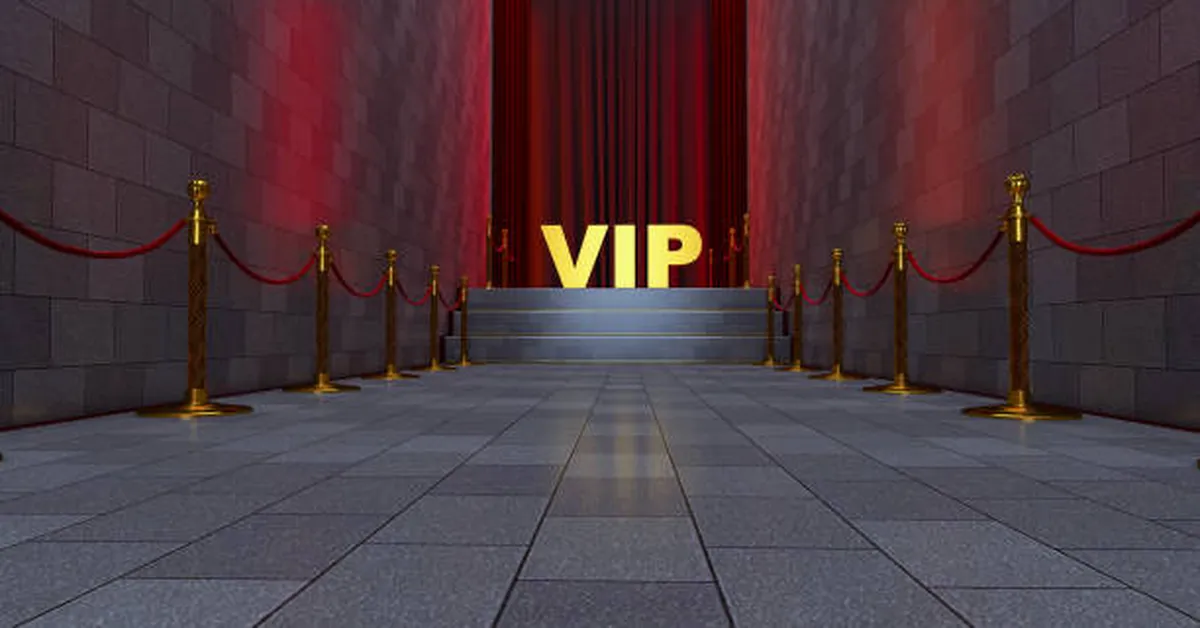In today’s events, entertainment, and hospitality industries, the term VIP stand represents far more than a premium seating arrangement. It is a concept that blends exclusivity, elevated experiences, and operational precision, often influencing how venues design, manage, and monetize high-profile spaces. Whether in sports arenas, music festivals, corporate gatherings, or large exhibitions, VIP stands have become strategic assets for organizers, delivering both customer satisfaction and revenue growth. This guide explores what VIP stands are, how they function, their evolution, and the broader implications for businesses and audiences.
Understanding the Concept of a VIP Stand
A VIP stand typically refers to a designated, premium viewing area within a venue, offering superior vantage points, enhanced comfort, and exclusive amenities. While the core idea revolves around providing a better-than-standard experience, the actual execution can vary significantly depending on the setting.
At its essence, a stand is built on three pillars:
- Accessibility – Limited entry, often through invitation or premium ticket purchase.
- Comfort and Luxury – Enhanced seating, climate control, and personalized service.
- Exclusivity – Limited capacity, separate entrances, and unique event interactions.
VIP stands can be permanent fixtures in stadiums or temporary setups at festivals and exhibitions. In both cases, they are designed to meet the expectations of guests who value a curated, high-quality experience.
Historical Evolution of VIP Stands
VIP seating is not a new idea—it has roots in ancient entertainment culture. Roman amphitheaters, for example, had reserved tiers for senators and dignitaries. In the 19th and 20th centuries, theaters and sports arenas began adopting formal “box seating” arrangements for wealthy patrons.
The modern stand, however, took shape in the late 20th century with the rise of commercialized sports and large-scale concerts. Technological advancements in seating design, audio-visual integration, and hospitality services helped evolve these stands into fully immersive environments.
Timeline Snapshot
| Era | Development in VIP Seating |
|---|---|
| Ancient Rome | Exclusive stone tiers for senators and elites |
| 19th Century | Private theater boxes for aristocracy |
| 20th Century | Corporate boxes in stadiums |
| 21st Century | Multi-service VIP stands with tech integration |
Core Features of a Modern VIP Stand
While features vary, most stands incorporate a combination of physical enhancements and service upgrades:
- Elevated Viewing Position – Positioned to provide unobstructed sightlines.
- Premium Seating – Cushioned, wider seats with more legroom.
- Private Access Points – Dedicated entrances to avoid crowds.
- On-Demand Services – Food, beverages, and sometimes merchandise delivered directly.
- Exclusive Facilities – Private restrooms, lounges, and sometimes networking areas.
- Technology Integration – Individual screens, high-speed Wi-Fi, and live event feeds.
Types of VIP Stands Across Industries
VIP stands are not confined to one sector. Below are some common industry-specific applications:
Sports Stadiums
In sports, stands often take the form of corporate boxes or premium club seats. These offer an unmatched view of the field, private catering, and climate-controlled interiors.
Music and Cultural Festivals
Here, stands are often raised platforms with bar service, shaded seating, and closer proximity to performers.
Trade Shows and Exhibitions
VIP zones allow industry leaders and investors to have private networking areas, complete with refreshments and concierge services.
Political and State Events
Dignitary stands offer high-security seating with strategic visibility for public appearances and speeches.
The Economics Behind VIP Stands
VIP stands are revenue powerhouses. They cater to a smaller audience but generate disproportionate returns compared to regular seating. Key revenue drivers include:
- Higher Ticket Prices – Often several times the cost of general admission.
- Brand Partnerships – Sponsors are willing to associate with exclusive spaces.
- Repeat Business – VIP guests are more likely to return for similar experiences.
For venues, stands also serve as brand enhancers, positioning the event as premium and well-organized.
Design Considerations for a VIP Stand
Creating an effective stand involves balancing aesthetics, comfort, and logistical practicality.
Key Design Factors
- Space Planning – Avoiding overcrowding while maintaining intimacy.
- Acoustic Control – Minimizing noise interference.
- Visual Access – Ensuring clear sightlines from every seat.
- Thematic Consistency – Aligning décor with the event’s brand identity.
- Safety & Security – Implementing access control and emergency protocols.
Emerging Trends in VIP Stand Experiences
As consumer expectations evolve, stands are incorporating innovative elements:
- Sustainability – Using eco-friendly materials and minimizing waste.
- Hybrid Experiences – Combining physical presence with virtual engagement (live streaming for remote VIPs).
- Personalized Hospitality – Custom menus, curated playlists, and tailored merchandise.
- Wellness Integration – Offering healthy dining options, ergonomic seating, and mindfulness areas.
Case Study Example: Sports Event VIP Transformation
In 2023, a mid-tier football stadium redesigned its stand to include biometric entry, a rotating gourmet menu, and real-time player analytics accessible on personal tablets. The result was a 25% increase in VIP ticket sales and higher sponsor engagement.
Advantages and Challenges
Advantages
- Enhances guest satisfaction and loyalty.
- Generates high-margin revenue.
- Attracts sponsorship and media coverage.
Challenges
- High setup and maintenance costs.
- Limited scalability in smaller venues.
- Requires careful guest management to maintain exclusivity.
The Psychology of Exclusivity
Part of the stand’s allure is psychological. Guests perceive themselves as part of an elite group, enhancing the perceived value of the event. This “social capital” often translates into word-of-mouth marketing and brand prestige.
How to Market a VIP Stand Effectively
- Highlight Unique Features – Focus on experiences unavailable to general ticket holders.
- Use Storytelling – Showcase testimonials from past VIP guests.
- Offer Limited-Time Packages – Create urgency with scarcity-based promotions.
Future Outlook
With advancing technology and shifting audience preferences, VIP stands will likely become even more personalized and tech-enhanced. Expect greater integration of augmented reality, interactive experiences, and data-driven customization.
ALSO READ: Aircon DC: The Complete Guide to Modern Cooling
Frequently Asked Questions (FAQs)
1. What is the main purpose of a VIP stand?
A VIP stand provides an exclusive, premium experience for select guests, combining superior views, enhanced comfort, and specialized services.
2. How does a VIP stand differ from regular seating?
VIP stands offer upgraded amenities, restricted access, and tailored services not available in standard seating areas.
3. Are VIP stands worth the cost for guests?
For those seeking comfort, privacy, and enhanced experiences, VIP stands deliver value beyond the ticket price.
4. Can smaller venues have VIP stands?
Yes, but the design and scale should match the venue’s capacity while maintaining exclusivity.
5. What trends are shaping the future of VIP stands?
Sustainability, personalization, wellness integration, and hybrid physical-virtual experiences are leading the way.









